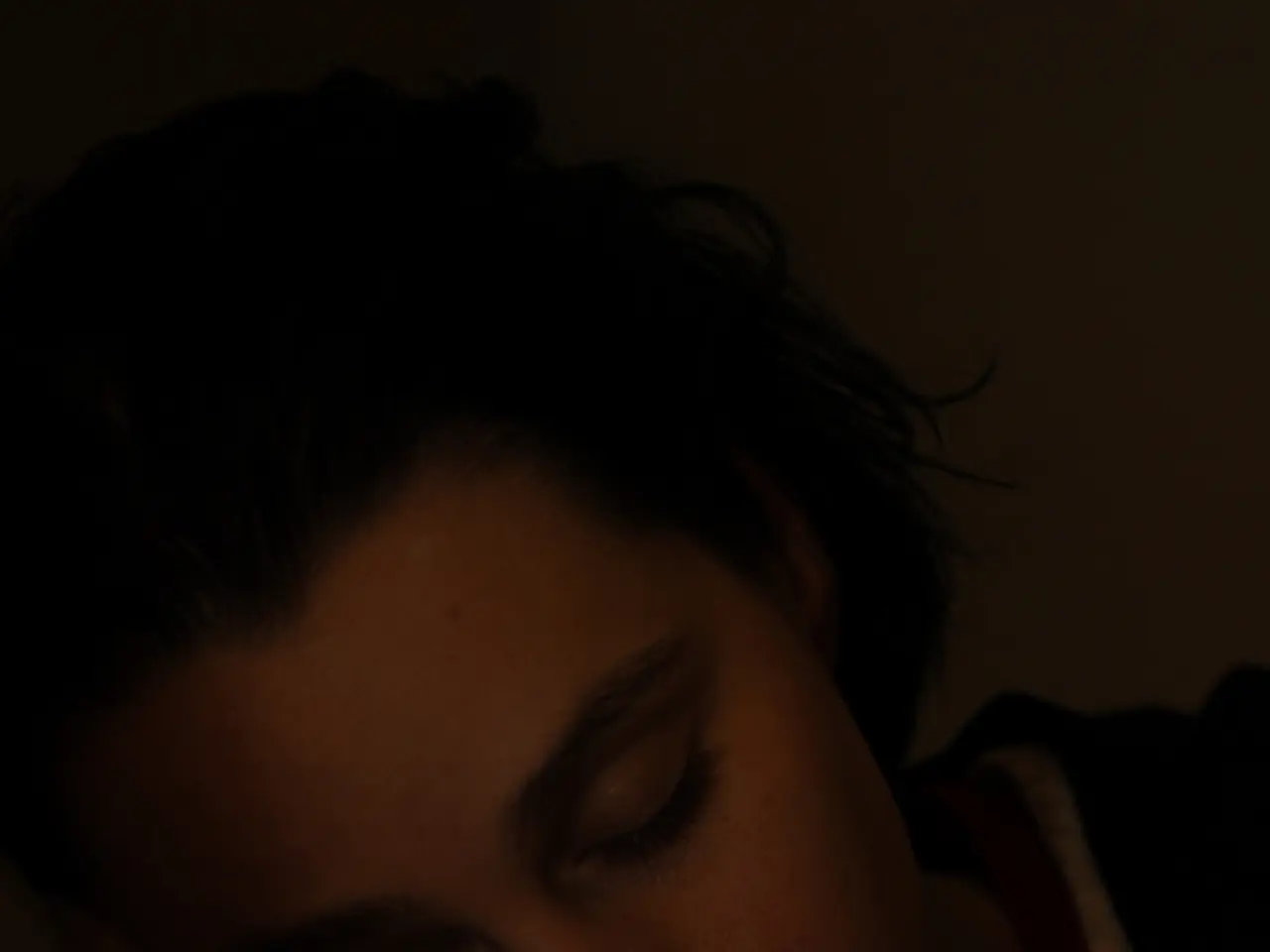Understanding Signs of Narcolepsy: Symptoms to Look Out For
Narcolepsy is a chronic sleep disorder that affects the brain's ability to regulate sleep-wake cycles. This condition can lead to excessive daytime sleepiness, involuntary sleep episodes, and other symptoms that can impact daily life.
Diagnosing narcolepsy begins with a detailed medical history and physical exam by a sleep professional or neurologist. A sleep log, where patients note symptoms and sleep episode details for a period of two weeks, may also be requested.
A neurological examination may be part of the physical exam to rule out other conditions causing sleepiness symptoms. In addition, specific tests are conducted at a clinic or sleep lab to diagnose narcolepsy, including a polysomnogram (PSG). This test records brain activity, muscle movement, breathing, and eye movements while the patient sleeps overnight.
The multiple sleep latency test (MSLT) is another key diagnostic tool. During the MSLT, a person is asked to take five naps of at least 20 minutes every 2 hours throughout the day. The MSLT measures how quickly a person falls asleep and when they go into REM sleep. If a person falls asleep in an average of 8 minutes or less over the 5 naps, or goes into REM sleep within 15 minutes during at least two of the 5 naps and the sleep study from the previous night, it might indicate narcolepsy.
To determine whether a person has narcolepsy, a sleep specialist will also look for at least one of the following symptoms: episodes of cataplexy happening a few times a month, low levels of hypocretin, or entering REM sleep within 15 minutes of falling asleep or falling asleep in an average of 8 minutes or less during a sleep study. Hypocretin levels are measured by drawing out a sample of cerebrospinal fluid through a spinal tap.
It's important to note that at this moment, there are no at-home tests that can diagnose narcolepsy.
Once narcolepsy is diagnosed, symptoms can be managed and treatment is available. However, it's crucial to consult qualified sleep professionals, such as sleep medicine and neurology specialists, particularly those who specialize in hypersomnia.
Narcolepsy can be mistaken for other conditions, such as anxiety, ADHD, depression, seizure disorder, insomnia, learning disorder, obstructive sleep apnea, and schizophrenia. Therefore, a thorough and accurate diagnosis is essential.
In some cases, an actigraphy test may be recommended to monitor sleep and wake cycles with a small device worn on the wrist for a week or longer. This can provide additional insights into a person's sleep patterns and help in managing the condition.
In conclusion, while narcolepsy can significantly impact daily life, accurate diagnosis and effective management are possible with the help of qualified sleep professionals and a range of diagnostic tools. If you suspect you or someone you know might have narcolepsy, it's important to seek professional help for a proper diagnosis and treatment.
Read also:
- Nightly sweat episodes linked to GERD: Crucial insights explained
- Antitussives: List of Examples, Functions, Adverse Reactions, and Additional Details
- Asthma Diagnosis: Exploring FeNO Tests and Related Treatments
- Unfortunate Financial Disarray for a Family from California After an Expensive Emergency Room Visit with Their Burned Infant








